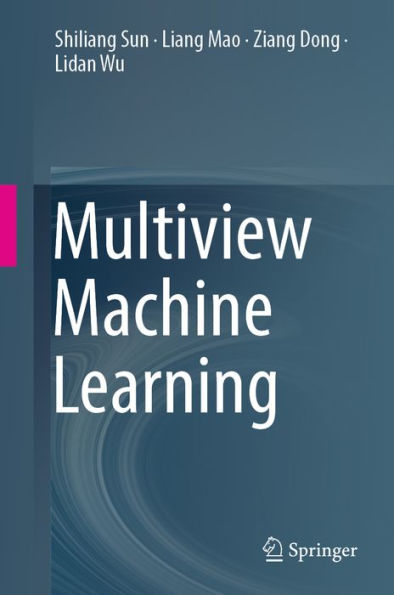This book provides a unique, in-depth discussion of multiview learning, one of the fastest developing branches in machine learning. Multiview Learning has been proved to have good theoretical underpinnings and great practical success. This book describes the models and algorithms of multiview learning in real data analysis. Incorporating multiple views to improve the generalization performance, multiview learning is also known as data fusion or data integration from multiple feature sets. This self-contained book is applicable for multi-modal learning research, and requires minimal prior knowledge of the basic concepts in the field. It is also a valuable reference resource for researchers working in the field of machine learning and also those in various application domains.
This book provides a unique, in-depth discussion of multiview learning, one of the fastest developing branches in machine learning. Multiview Learning has been proved to have good theoretical underpinnings and great practical success. This book describes the models and algorithms of multiview learning in real data analysis. Incorporating multiple views to improve the generalization performance, multiview learning is also known as data fusion or data integration from multiple feature sets. This self-contained book is applicable for multi-modal learning research, and requires minimal prior knowledge of the basic concepts in the field. It is also a valuable reference resource for researchers working in the field of machine learning and also those in various application domains.

Multiview Machine Learning

Multiview Machine Learning
eBook (1st ed. 2019)
Related collections and offers

Product Details
| ISBN-13: | 9789811330292 |
|---|---|
| Publisher: | Springer-Verlag New York, LLC |
| Publication date: | 01/07/2019 |
| Sold by: | Barnes & Noble |
| Format: | eBook |
| File size: | 9 MB |
